Report Explores Value of Rice Fields for Wildlife
ATTRA
MARCH 1, 2025
.” The report’s 13 authors identified the resource needs of key species that live among the state’s approximately 500,000 acres of rice fields, including snakes, birds, and fish.
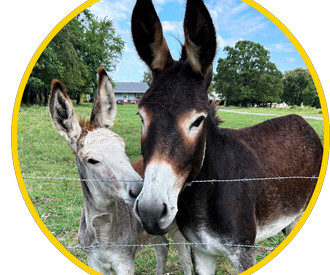
ATTRA
MARCH 1, 2025
.” The report’s 13 authors identified the resource needs of key species that live among the state’s approximately 500,000 acres of rice fields, including snakes, birds, and fish.

Civil Eats
DECEMBER 10, 2024
Patrick Brown, who was named North Carolinas Small Farmer of the Year by North Carolina Agricultural and Technical State University this year, grows almost 200 acres of industrial hemp for both oil and fiber, and 11 acres and several greenhouses of vegetablesbeets, kale, radishes, peppers, okra, and bok choy.
This site is protected by reCAPTCHA and the Google Privacy Policy and Terms of Service apply.
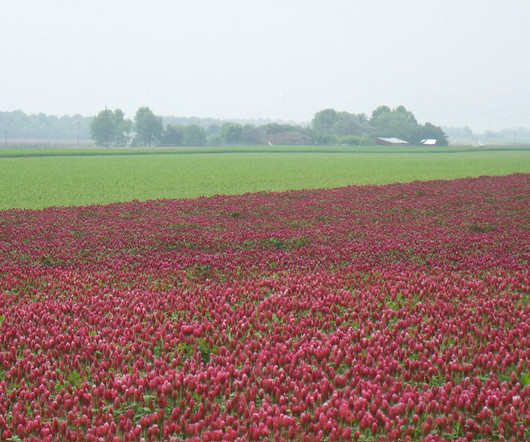
National Sustainable Agriculture Coalition
SEPTEMBER 13, 2024
For example, the Census shows increasing use of key practices like conservation tillage and cover crops and durable protection of acres in conservation easements. million acres with cover crops (a 17% increase) in 2022 than in 2017 and a 50% increase in acres with cover crops from 2012. Since the 1997 high of 66.4

Modern Farmer
SEPTEMBER 3, 2024
Farmer Jeremy Dunphy stands next to his four-acre test plot, brimming with flax as a cover crop, sharing what he’s learned with a crowd of 20 farmers, textile artists, designers, and educators. At one time, 18,000 acres of flax were grown in Oregon , with 14 processing mills, spinning and weaving throughout the Willamette Valley.
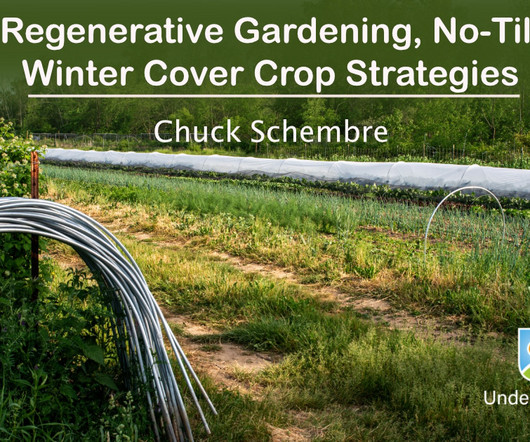
UnderstandingAg
OCTOBER 29, 2023
Root crops and tuber beds are generally clean and free of residue after harvest, which make them an easy location to direct seed with any seeder, or broadcast seed, followed by applying a straw mulch. If you live in a high-rainfall climate, I recommend applying straw mulch after seeding to reduce crusting and soil loss.
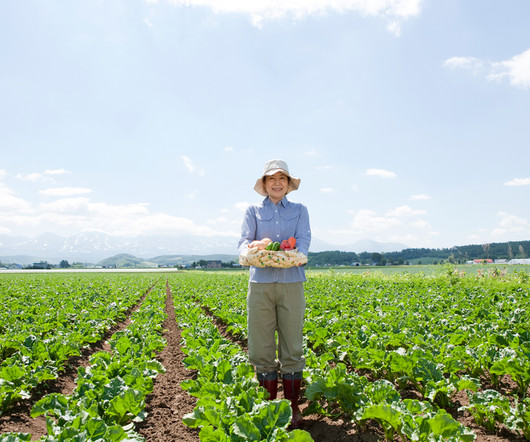
Farmbrite
DECEMBER 19, 2024
Adjust Fertilizer for Area Multiply the fertilizer requirement per acre by the size of your field to determine the total amount of fertilizer needed. It's worth it to say that fertilizer ratios on products available might not always match exactly the fertilizer ratio that you are looking for. Just match it the best you can.
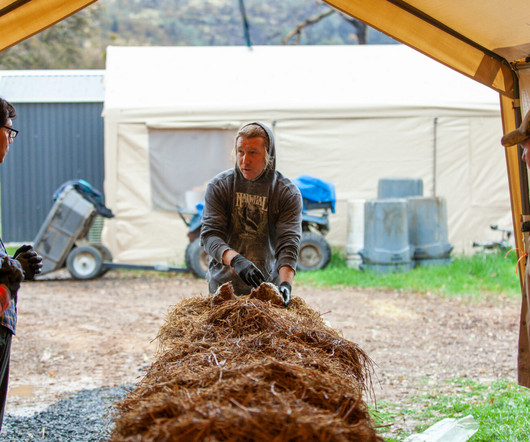
Caff
JANUARY 24, 2024
Several years ago, Cheetah Tchudi and his wife Samantha Zangrilli bought 40 acres of undeveloped land in Butte County. Today they raise several types of livestock, tend a one acre herb garden, and produce a variety of culinary grade mushrooms. A participant breaks open some packed spawn material to spread through the straw.
Let's personalize your content